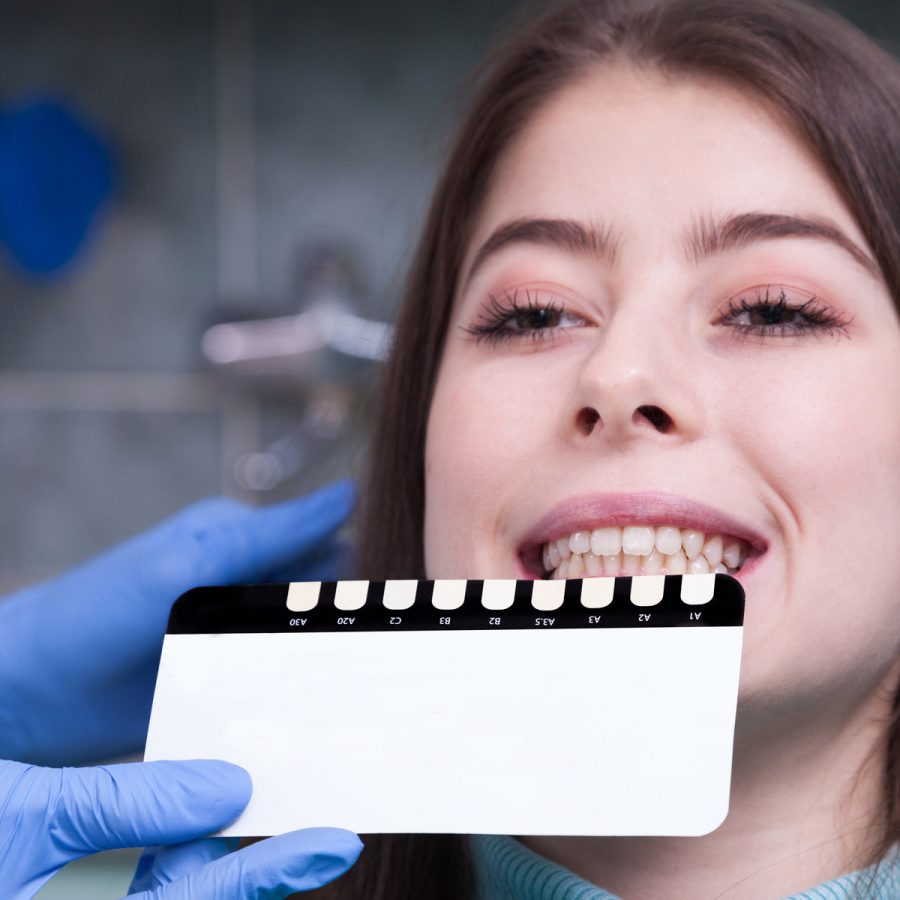Internal Bleaching
Internal bleaching is a technique that is used to whiten the appearance of teeth.
Teeth-whitening products are everywhere: from whitening toothpastes, bleaching kits and adhesive strips, to salons and kiosks everywhere - all promising lighter, brighter teeth at a fraction of the cost you’d expect to pay for a full dental clinic treatment. However the teeth-whitening industry is largely unregulated and the practitioners in salons don’t necessarily have any dental training. Practitioners are unable to advise on whether the process is appropriate for someone and they are not qualified to check for problems such as cracked enamel, cavities, restorations and exposed root surfaces that need special care.
Potential problems include lack of proper infection control, careless application or ill-fitting bleaching trays, causing irritation to gums and lips.
Unlike over-the-counter solutions that are used to whiten teeth, internal bleaching is conducted under the direction of a dentist or endodontist. Because the treatment requires opening the tooth, it is important that a professional conduct the tooth bleaching in a controlled environment.
A bright, white smile is our best introduction. It makes us feel confident and conveys this to the world. As important is it is for our smile to look bright, we have to remember that if tooth whitening is not done properly it can cause permanent damage to our teeth.
The process for an internal bleaching involves the insertion of a chemical oxidizing agent into the tooth. The agent is left in the tooth for up to two weeks, and then replaced with more chemicals until the tooth achieves the level of whiteness desired. Once the series of treatments are complete, the hole is filled, ensuring that foreign matter will not be able to invade the tooth and cause other problems.
At Australian Dental Specialists we make sure internal bleaching is the right choice for you and that you get a great bright smile without damaging your teeth.

Other Root Canal Therapy Procedures
Cracked teeth demonstrate many types of symptoms, including pain when chewing, temperature sensitivities, or even the release of biting pressure.
Injuries to the mouth may cause teeth to be pushed or dislodged from their sockets. We may need to reposition and stabilise your tooth.
With regenerative endodontics, we revive or regenerate the tooth’s natural tissue so the root can continue growing, be functional and last you for your lifetime.
Root canal therapy is a conservative procedure undertaken by an endodontist to save teeth. It is a commonly performed dental treatment and has documented success rates of over 90%.
Root end sugery or apicoectomy is the most common surgery used to save damaged teeth. Occasionally, root canal therapy will not be sufficient to heal the tooth and your endodontist will recommend surgery.
There are cases where a tooth that received root canal treatment may fail toheal or pain may continue to exist. The failure can occur months or years after the intial treatment.
